This is part three of my dive into the capture of the Scottish Arts Scene into platforms for propaganda for the Scottish Government. Part One (The Transvestite Who Helped Stage the Ideological Takeover of Scotland) can be read here and Part Two (The Racism of Scottish Theatre: Did Jackie Wylie know what she was getting into?) here. As I wrote about for
in ‘The ‘Trans” Atlantic Gender Bridge: From America to Britain’ all these things are designed to look grassroots but they are actually manufactured top down (well funded) psychological operatives of which culture plays a huge part. Basically the arts- in following these ‘storylines’- declares itself the product of a mass manufactured corporate entity. Not radical in the slightest. Perhaps it’s not surprising that actors are on script….Many remark that they feel we are living in a time of tremendous division and upheaval. Perhaps. Or perhaps it has always been so. Reading old literature seems to indicate this is a human story we are caught in, no different from the paths our ancestors walked, fought for survival and birthed our existence. That said, new media has allowed dominant ideologies to perpetuate to the masses like never before. And new media played a very significant part in building a cathedral of echoes within the arts here in Scotland.
One time or recurring donations can be made via BuyMeACoffee
To be clear I write these things not as a judgement but as a reflection. The works I will speak about are not my bag. That they exist is not the issue for this post. My problem is that what was once fringe has come - ideologically - to dominate the Scottish arts scene. Maybe not *practically* as radical as the image above- but as seeds for the critical theory foundations leading to John Clifford the transvestite becoming a Scottish theatre darling and the National Theatre of Scotland making its white actors go through anti-oppression training.
Although I think the individuals whom I will cite failed to look beyond their immediate echo chamber (which shows a great failure of leadership), I do not think they had ill intent (greed, yes. self preservation, definitely). The biggest issue is lack of criticality from the wider sphere. Through the shoring up of acolytes via carefully constructed policies tied to Scottish Government funding our arts sector created a uni-voice. Not inclusive. Not diverse. At best setting themselves up as preachers to the unenlightened as opposed to servants to the public. But mostly a private club through which one had to have the credentials and language to be part and to understand.
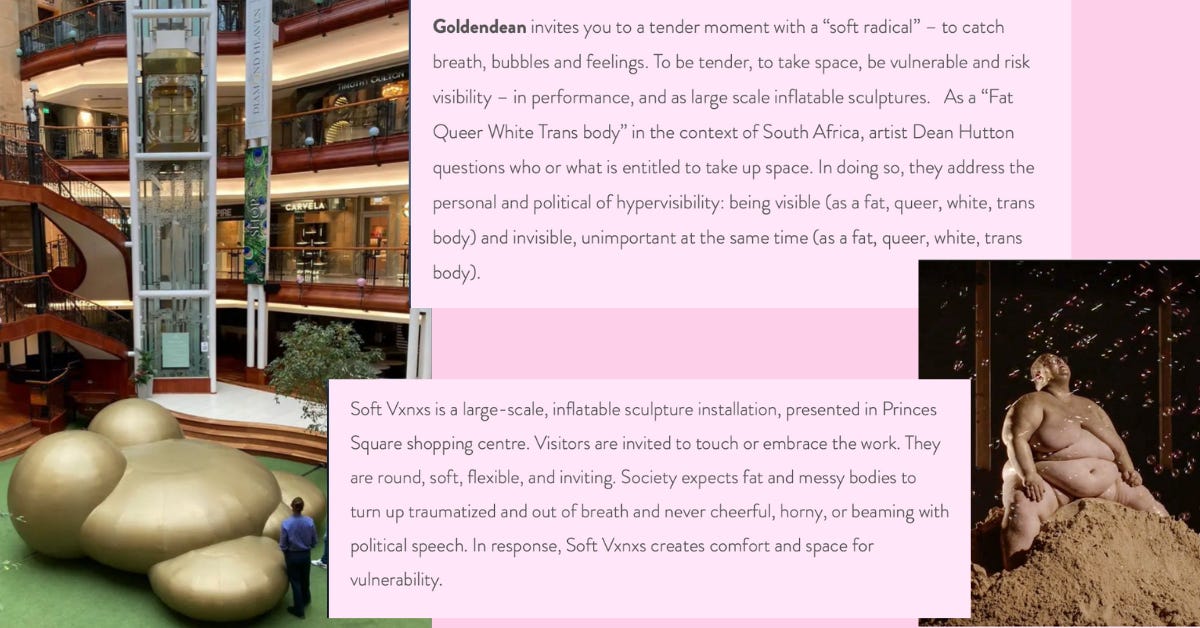
The shift of Scotland’s theatre scene from the legacy and craft of making, the sense of play, and the importance of character building (in many ways including in terms of pretend ie: someone who wasn’t yourself) onto stages led by ‘lived experience’, art as an extension of self and the erasure of boundaries (aka queer theory) can be traced back to a venue called The Arches in 2008. This was the year Jackie Wylie took the helm as Artistic Director with LJ Findlay-Walsh as her right hand.
It is also worth noting that this was one year after the iPhone launched (2007), a few short years after Facebook (2004), Twitter (2006), and just before Instagram (2010). Social media was very well suited to this new dynamic. It could call up a black square for BLM just as sure as the day was done. It could filter, stream and edit its content for sexiness. And sexiness was the driver.
These factors shifted the focus from the world here (local, community, personal) and the true sense of play to the world ‘out there’ wherein theatre was merely an avenue to validate oneself and propagandise ‘right thinking’ for political issues. These narcissistic drivers were amplified and validated via the artifice of social media. In order to justify the egoism theatre producers learned to coat it with a shield of false virtue in the name of 'equity’. Ironically the deeper they got the more exclusive they became.
And whilst I track this progression via Scottish Theatre, it is a playbook seen in the cultural sphere across the Western globe.
One time or recurring donations can be made via BuyMeACoffee
THE ARCHES: A Bit of History
To understand the change that came with Jackie and LJ stepping into leadership roles in the Scottish Arts scene and their subsequent influence on Scottish culture we first need to travel back to the venue the Arches.
Many flooded to Glasgow in the 90s and early 2000s for Glasgow’s party scene. The centre point was a venue called The Arches. Disused train tunnels under Glasgow Central Station had been transformed into a nightclub, bar, performance and live music venue from 1991. At 84,000 square feet it provided a massive meeting space for all sorts right in the middle of Glasgow. And let’s be clear, whilst the theatre part was the founding seed of the venue (care of its Director Andy Arnold -himself a theatre maker)- the notoriety and fame was for its club nights. In other words the club nights literally (financially) fuelled the theatre scene.
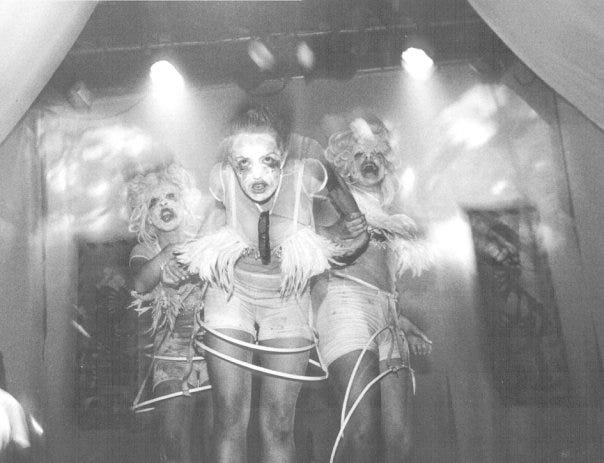
Club nights like Inside Out, Pressure and Colours drew crowds in the thousands in Glasgow before heading to Ibiza and beyond. It was wild. I attended many of the club nights, I performed ‘experiments’ like the picture above - mad dance sequences in the middle of the cavernous dance floor, and I partied. I loved that the club nights drew in a huge melting pot of people. People who would never be interested in attending theatre in the conventional sense. For me that was the most exciting part. There was an openness that allowed people from different backgrounds, with wildly different lives, opinions and political persuasions to come together.
It is also worth noting in all its mad playfulness and pursuit of a good time, it was always an adult only space. There was no cross over into children’s performances or family events. It was a grown up space for grown ups to enjoy themselves, like any nightclub. That it has a fringe theatre space that was equally ‘dabbling’ in (what I would call) the dark side of humanity was also suited to the fact that it was adults who made the choice to be there. There was no ‘happen to come across this thing’. People who went to the Arches planned to be there.
Andy Arnold - Theatre Maker, Founder of the Arches 1991-2008
How the Arches started, however, was a rag tag motley crew of theatre makers with Andy Arnold, a theatre director, at the helm. In the late 80s into 1990 Andy was producing theatre adaptations of works such as poems of Glasgow, titled “Noise and Smoky Breath” at another space, The Third Eye Centre. He was looking for a home to continue staging his theatre productions. The space under Glasgow’s Central Station had been used as a venue during the Glasgow City of Culture in 1990. When it became available, Andy and his team jumped to the task. Through physical graft, connections on the ground, personal sacrifice and ingenuity the Arches was born. What strikes me is how (in hindsight) this process of being ‘in place’ created something dynamic that was distinctly Glasgow.
"We just went at it and did it. We took out a lease [from British Rail] ourselves. And people don't do that sort of thing. In the theatre world, of all places, people are too safe. But you have to take risks and give something your best shot". - Andy Arnold
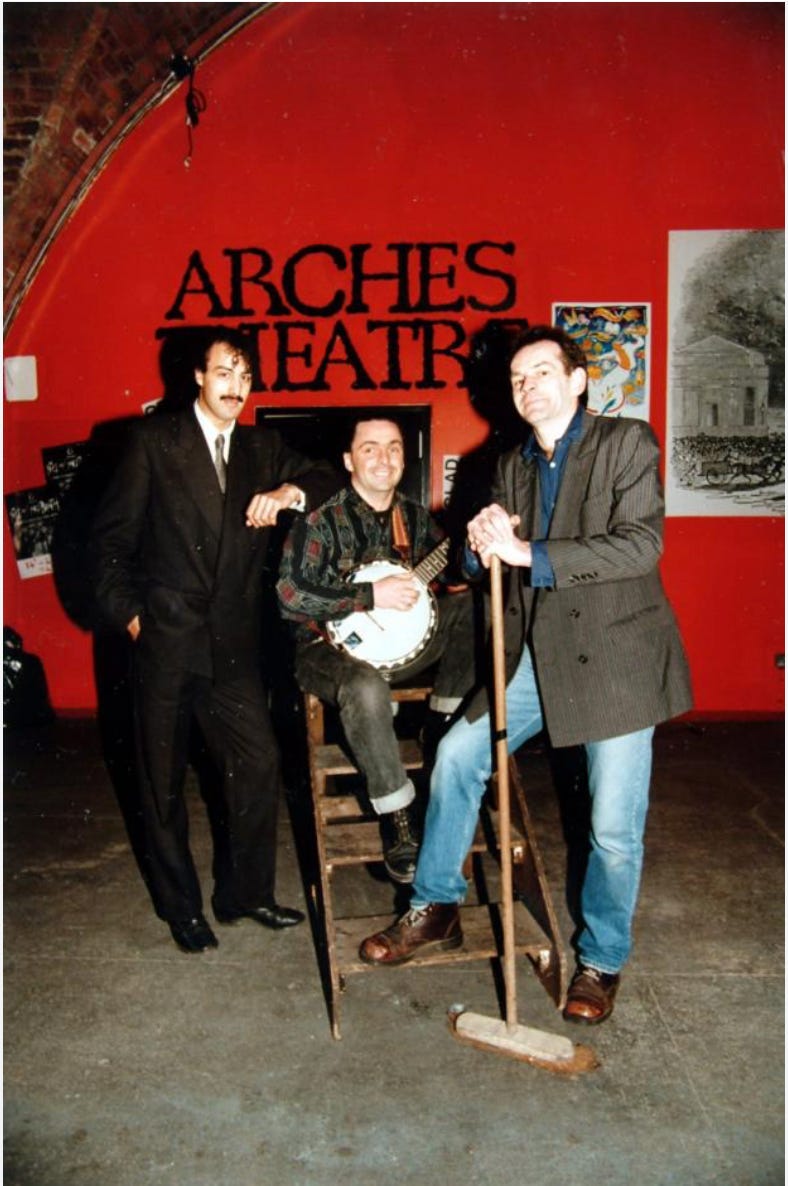
Note how Andy references the inherent safety of the theatre set. He is not talking about subject matter. He is talking about people sticking their necks (and their wallets) out to make stuff happen. He is talking about ingenuity and genuine hard work. If ‘being safe’ was something that was endemic then, it’s even moreso now. The model of the Arches was a for-profit commercial entity that supplemented and supported the theatre side. It had real time responsibility. Andy had to ensure the electricity stayed on. He fixed toilets that were broken. He met all the punters who came through the door. Nowadays theatre makers only ever think how to exploit the public purse. Making money seems an anathema to them. And artists putting themselves *genuinely* out there to make stuff happen? Forget about it. It’s all ‘mental health first aiders’ and safe spaces now….
Andy’s interests and passions were distinctly theatrical (as opposed to what was to come ‘live art’) and in the first years he staged numerous plays of note including David Mamet's Sexual Perversity in Chicago, Joe Orton's Loot, Sam Shepard's Fool for Love, Harold Pinter's The Caretaker, Tony Harrison's 'V', Mamet's Glengarry Glen Ross, Dario Fo's Accidental Death of an Anarchist, and Herald music writer (and Partick Thistle fan) David Belcher's Partick Thistle Football Crazy. Theatre.
These days art and culture love to throw around words like ‘inclusivity’ ignoring the fact that the Arches had it. Not because they had some corporate plan but because they created a physical space where anything could happen - and it did.
“It had a sort of alchemy that no other venue has really matched. It’s best known for the big club nights, which in themselves had variety – there was no elitism – but there was also theatre, festivals, exhibitions.” -David Bratchpiece
Jackie Wylie Artistic Director 2008-2015
Jackie Wylie taking over as Artistic Director in 2008 working with her friend LJ Findlay Walsh marked a sea change for the arts venue. Jackie and LJ were not theatre makers themselves. Both trained in theatre academia, marking a shift in focus from theatre centred Andy. What’s more despite being both Scottish women, it was clear from the outset that they had less interest in the cultivation of the world here in Glasgow. In other words, the program shifted from local to international. And it shifted from what are we doing for Glasgow, or Scotland to ‘out there’ issues about identity and activism.
“The arts program and theatre program certainly shifted to a more European, international sort of thing, I would say when Jackie took over… I did start to see a lot of urination on stage! And you know LJ has taken the baton and it’s still happening at Take Me Somewhere (the annual international festival that Jackie built out of The Arches, of which LJ is now director). Yeah, a lot of blood, a lot of piss, a lot of swearing a lot of drag, a lot of glitter”
-Niall Walker quoted from Brickwork: A Biography of the Arches
CONTEMPORARY THEATRE PRACTICE: THE ROYAL CONSERVATOIRE
“A lot of blood, a lot of piss….” was a distinct change from the text and craft based performance of decades before. And, let’s be honest, not what most people are interested in when they say ‘theatre’
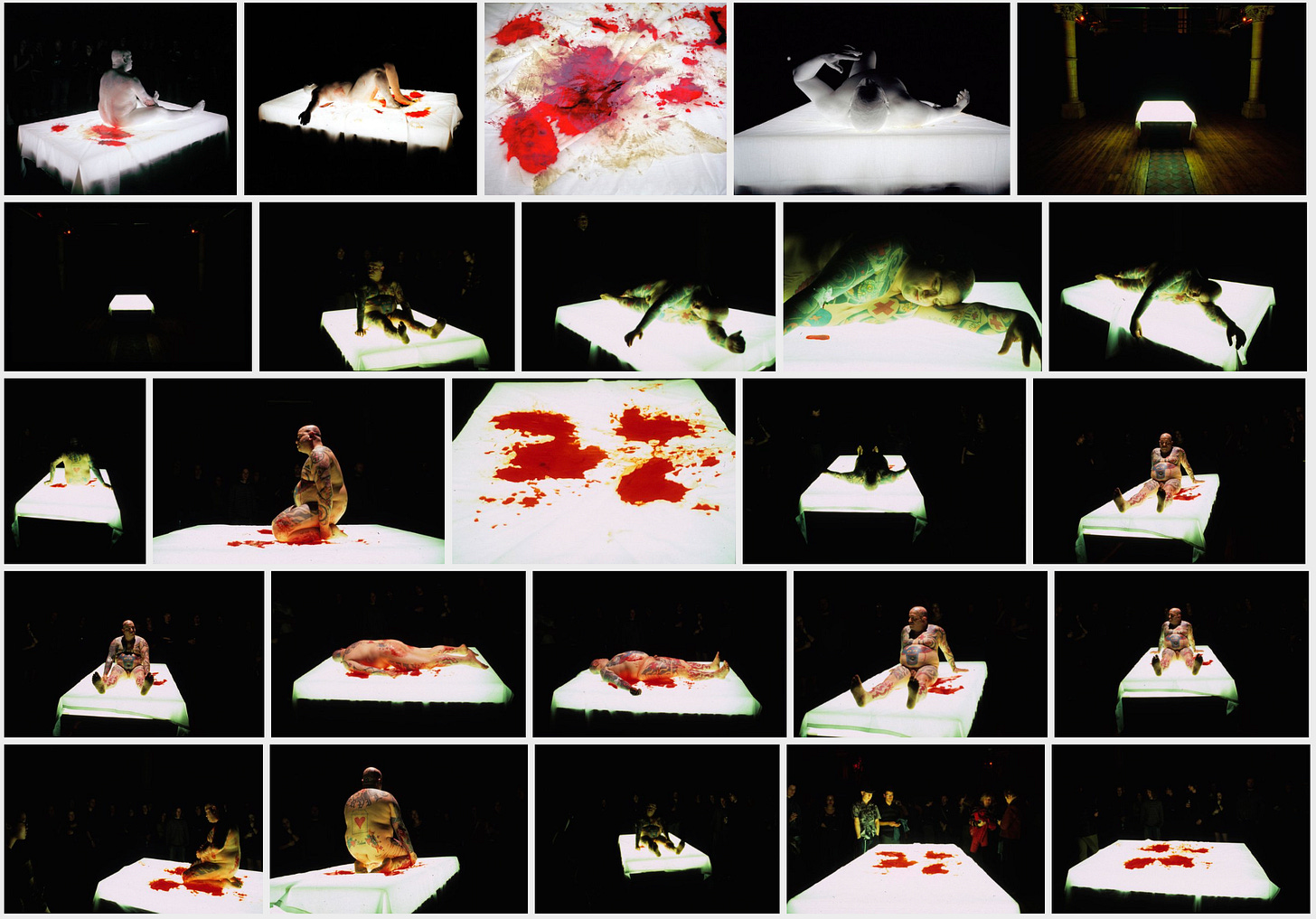
Let’s be clear the ‘Live Art’ pieces could and did feature in the early days of the Arches. (for those not in the know ‘live art’ is the phrase used to describe arts ‘practices’ done by performers that are not theatre exactly but creating ‘art’ with the body. Often these works are done without the structures of time we might see in traditional theatre and often with interaction of the audience. My earlier work could be classified as ‘live art’. Dancing alongside the Glasgow Broomielaw for two years certainly met that threshold. Live art is seen to push the boundaries of performance - this I have no issues with. My issue is more to do with the responsibility of the sector. (also I was not in receipt of public funds therefore I was beholden to the public itself a fact our public agencies ironically escape -in my opinion)
As mentioned The Arches was a venue for adults where adults decided to engage or not. Andy’s approach was egalitarian and he allowed all sorts to use the space and let the people decide, as it were. The Live Art element was fringe, for a fringe group of artists and academics. They were part of the many, but they were not the main course. And unlike the club nights which could absorb anyone and everyone (including my mad performance above), the Live Art scene was elitist by its nature. It was exclusive. It had no interest in serving the public. To understand or appreciate it one had to have the right vocabulary, read the right books and be friends with the right people. It was a members club.
But this is where Jackie’s and LJ’s interest was. And so as Andy left, with his anchor to the real world and the real setting of Glasgow, so to the focus of the Arches and it’s legacy was corralled into one singular story-the Arches as an International Live Art Hub. Some say some of the shenanigans of our political elite in council offices and Holyrood Parliament are no more than extensions of the idealism, superficiality, tribalism and immaturity of student politics. We might say the same for what the Arches was to become.
ROYAL SCOTTISH ACADEMY OF MUSIC AND DRAMA CONTEMPORARY THEATRE PRACTICE BA (RSAMD CTP)
A key component in the changing landscape of the Arches program and legacy was via The Royal Conservatoire of Scotland (RSC)’s Contemporary Theatre Practice Bachelors Program who had a ongoing relationship with the venue. (Formerly Royal Scottish Academy of Theatre and Drama). Not just in content but in the people it cultivated and the baggage they brought with them and into our public sector.
In 2000 I moved to Glasgow to pursue my Masters degree in Acting at the (then called) Royal Scottish Academy of Music and Drama (RSAMD). The two undergraduate performance courses were Contemporary Theatre Practice (CTP) and Acting. Both the undergraduate and the Masters levels Acting courses were focused on the craft of theatre. We worked on honing our skills as performers doing intensive sessions on voice, movement and text. Conversely the focus of CTP was anti-craft. Its focus was on cultivating the ideas and voices of its students.
I thought at the time its positive side was that it taught its students to hustle. And it *did* move out of traditional theatres and into public and community spaces. That was good in my opinion. But it also rewarded mediocrity and spectacle over talent and skill. So those with the best natural charisma and connections were successful. In a way, not unlike our education system, it widened the chasm between those who had (who had been privileged to have some sort of training, comfortable upbringing) and those who did not. We also started to see a caste system emerge wherein those who could claim membership could be elevated. Trans, non-binary, part of the global majority, BAME, disabled, neurodivergent. It was no longer about the quality of the work or the idea.
I often think of Picasso and how his earliest works were perfectly and beautifully painted bowls of fruit and other standard fare. Luminous- but not particularly interesting. He had to develop excellence at the foundations of actual making of art in order to deconstruct and remake it. Not so for the CTP course. (and too bad for him as a white male in this landscape!)
In fact craft (or legacy) played no part in it. Students reported that their classroom sessions included blood letting on stage (including being encouraged to drink their own blood), being buried alive for two hours on a Scottish beach, enacting a rape to bring up a students ‘worst fear’, and getting students to disclose the most painful and intimate aspects of their history and lives with no sense of moral or psychological responsibility. This should horrify you. And yet this playbook was standard in many (if not all) of the ‘Contemporary Theatre’ courses across the UK. And those students now are part of the infrastructure of our theatre and performance sector, including for children. They never read a play. Never were given any significant history (if at all) of the theatre they were rebelling against. It was all lived experience. And manifested experiences. The hierarchy of oppression. Judith Butler, Paolo Freire and Herbert Marcuse acolytes. Preacher narcissists.
This kind of training was validated via the National Review of Live Art which found its home in Glasgow’s Arches in 1994 till 2005 when it moved to the larger Tramway venue. The NRLA was the longest running live arts festival in the UK (30 years). And the CTP students were audience and participants.
“You could call it performance art, or live art, as in what some see as the regular freakshow of the National Review of Live Art, whereby solo confessionals parade naked alongside men and women in blend-in-to-the-background black, all lined up like pretty maids in a row, showing off their wares. Foodstuffs, animal entrails, and body paint may be involved. As, too, may be video re-enactments and aural amplification. Nudity, in part or whole, is expected, if not compulsory. Drugs are considered passe.”
CTP fed off this program seeing itself as responding to the changing landscape of contemporary theatre. It looked to ‘create meaningful experiences’ in education and community spaces. Asking how better to serve groups in schools and communities is a valid one, but did they come up with the right answer?
In July 2020 the course founder, Debbie Richardson-Webb, was called up on allegations of ‘bullying’ and ‘widespread abuse’. Were these in response to the bloodletting or being buried alive the students were compelled to participate in that had been endemic in the early 2000s? No.
Maybe the date will shoogle your imagination on *why* Debbie was called out? On the 25 May 2020 George Floyd died sparking a global ‘Black Lives Matter’ movement. Misgendering and racism.
And so the value system was set, the bandwidth of allowability parameters reinforced. All things were possible as long as they were within the hierarchy of critical theory.
As said, I had no truck with adult work and adult interests being presented in adult spaces for adults to decide to engage or not. The problem is that these ‘fringe’ unpopular theories were (are) being foisted in our communities and on our children.
In my next post (posts) I will explore the individuals who have set the stage for activist theatre for our communities and children.
“It’s about making work that can speak directly to the gender-variant child, the queer child, the homosexual child, the cis-gendered child who might feel constrained by the expectations inherent in being a girl or a boy. It’s about using the power of art as a place to question, subvert, hide from, muddy, invert and take refuge from the oppression of every day life.”
-Eildh MacCaskill on her show ‘Gendersaurus’ aimed at toddlers and pre-schoolers who must learn about their ‘oppression’.
Thanks for reading and thanks to current subscribers! All contributions will go towards my moving costs. Very sorry for the delayed posts, firstly these are hard to pull together and secondly moving country is a busy task!!! I do appreciate all your support.
Subscribing monthly at Substack (or giving a gift subscription!)
Making a one-off contribution via BuyMeACoffee
Contributing via bank transfer to Tide Bank (Clearbank), account
Sort Code 04 06 05, Account Number 0000 8583 (account MS KE DEEMING, use your email as a reference if you would like acknowledgement
Your support is what allows me to continue for which I am hugely thankful.
Can We Put the Kink Back the Drawer?
Special thanks to my current subscribers, if you are a free subscriber maybe you could consider becoming a paid subscriber? A yearly subscription is just £30 per year, £4.00 per month or founding membership £250. Every penny makes a difference & allows me to continue advocating for children & childhood. Or



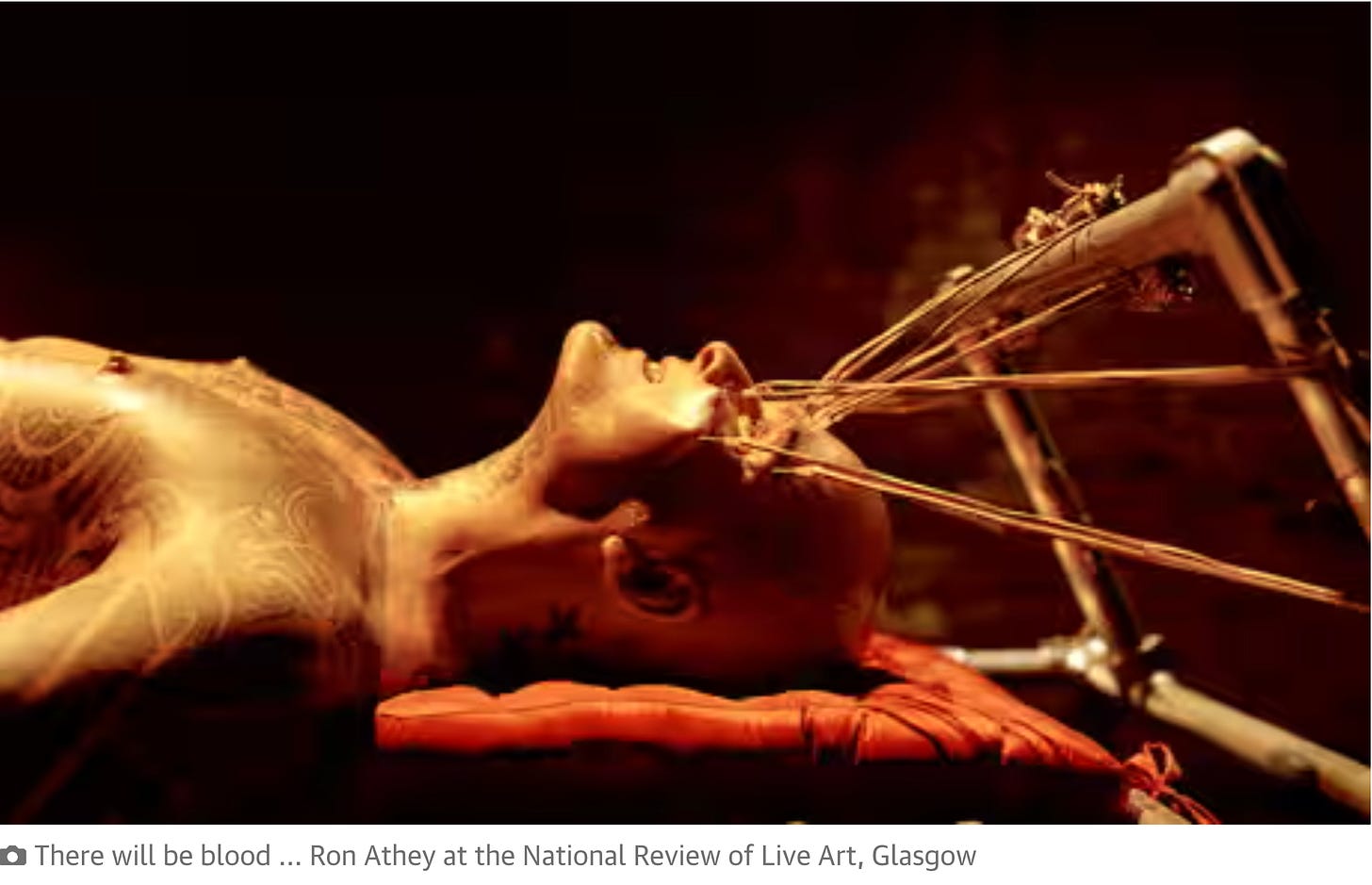
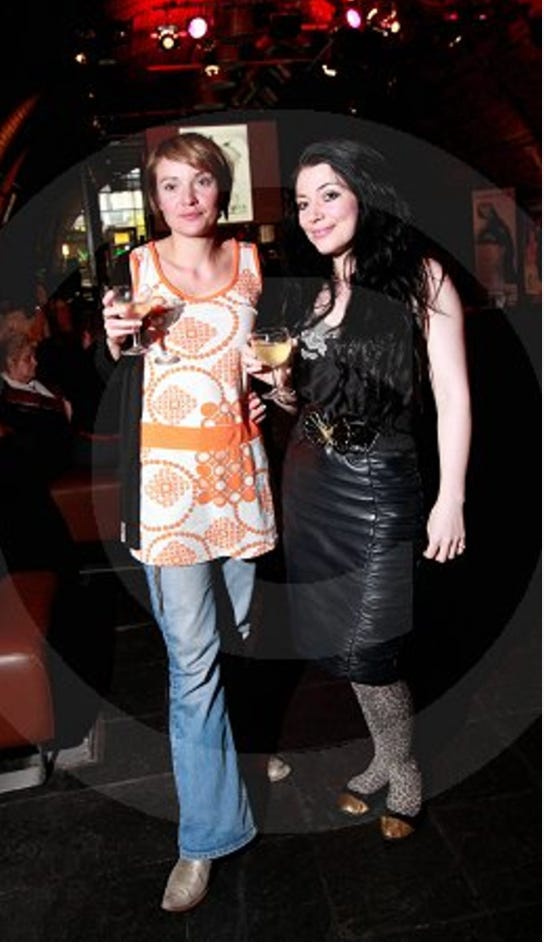

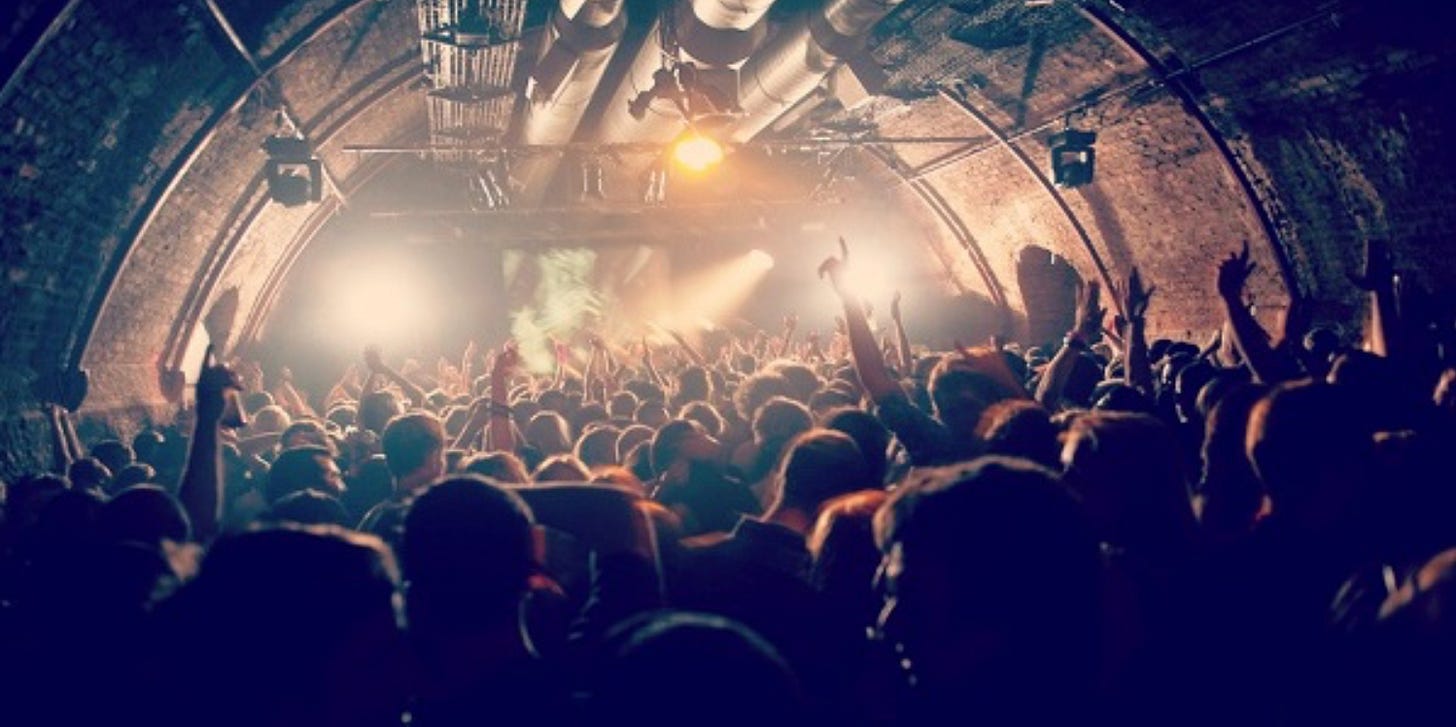
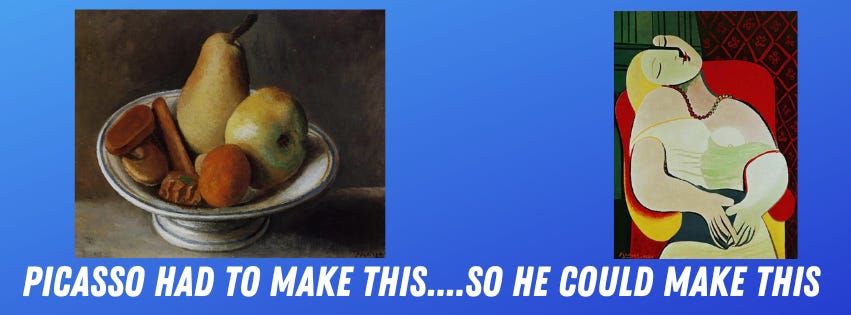


Art used to be about beauty. Now, having deconstructed the idea of beauty as patriarchal, white supremacists, cis-normative (etc.) all that is left is shock i.e. bodily fluids everywhere.
Thanks Kate. I got out of my shed at The Arches a few times, I never even knew it had a theatrical element.
This was a very sad read. I’m guessing that Scottish drama is still marooned up the gender & CRT creek? I’m also guessing that a good few of the most vulnerable and oppressed grew up in good homes before their career successes?